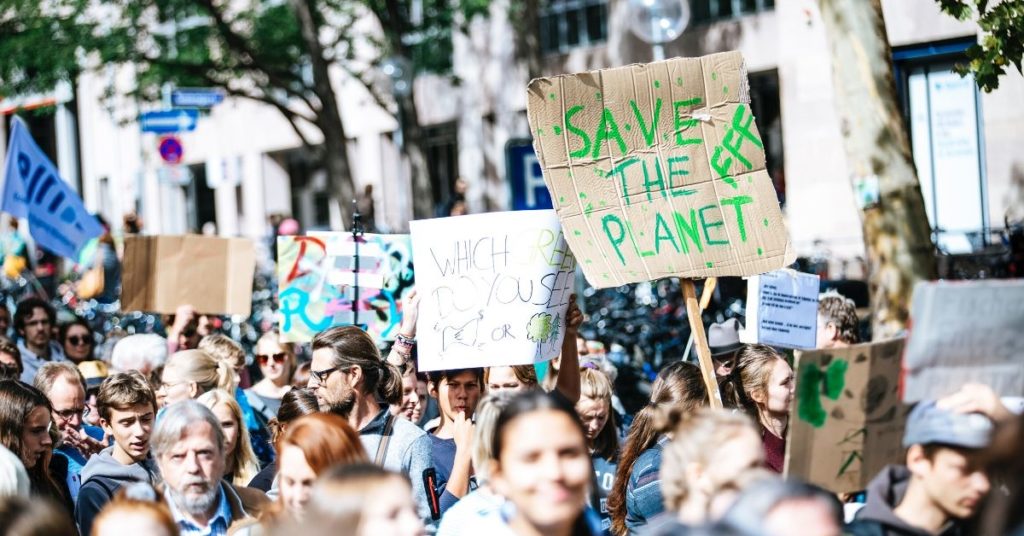Over the past few months, more and more advocates of ambitious climate action in the USA rallied behind the concept of an “Green New Deal”. Yes, “in the USA” – the idea of a “European Green Deal” can be regarded as the European equivalent, yet with a small but significant difference: The European Union (EU) already passed the programme and is on the way to implementation.
But what exactly is a “Green Deal”? This concept reflects on the reaction by US president Franklin D. Roosevelt to the Great Depression. Under the banner of the “New Deal”, he implemented a range of far-reaching economic and social reforms from 1933 to 1938. Taken from games of cards, the term wants to say that the deck is reshuffled, that there’s a new beginning. While Roosevelt aimed at reshaping the market economy, advocates of the Green New Deal call for its greening.
The European Green Deal – nothing more than sweet-talk?
On December 11th, 2019, President of the European Commission Ursula von der Leyen presented “Europe’s Man on the Moon Moment”, referring, not quite humbly, to the EU’s new growth strategy, the “European Green Deal” (EGD). The core goal of the EGD is to achieve net zero greenhouse gas emissions in the EU by 2050. This shall come along with “the transition of the EU to a fair and prosperous society that responds to the challenges posed by climate change and environmental degradation, improving the quality of life of current and future generations” (European Commission 2019).
Fine words and undoubtedly an adequate goal, but does the EGD framework even offer the possibility to reach it? Is the roadmap sufficiently ambitious? Is there sufficient funding and where does it come from? What are the ‘Joint Transmission Fund’ or the ‘Farm to Fork Strategy’ about? Will EU officials (in particular President of the European Central Bank Christine Lagarde) transgress their mandate in implementing the EGD and what’s the role of the European Investment Bank? Legitimate questions that keep popping up.

Discuss and advance the EU together
According to its statutes, the functioning of the EU is based on representative democracy, which in turn depends on the participation of politically mature citizens. For making a constructive contribution, you need to have an opinion. However, a well-founded opinion does not appear from nowhere. According to Hannah Arendt, an opinion is a “view among many possible and true views” (Wahrheit und Politik 2017: 69). It is created by examining an object from different perspectives, i.e. by the ability “with the help of imagination, but without giving up one’s own identity, to take up a position in the world that is not one’s own, and to form an opinion from this position” (ibid: 61).
We try to provide information and invite you to join the discussion and to constructively contribute to advancing the European Union!
By Anna-Marie Peter B.A.
Graduate of political science, economics and philosophy in Regensburg. She is part of the Shifting Values team in Vienna since December 2019.


